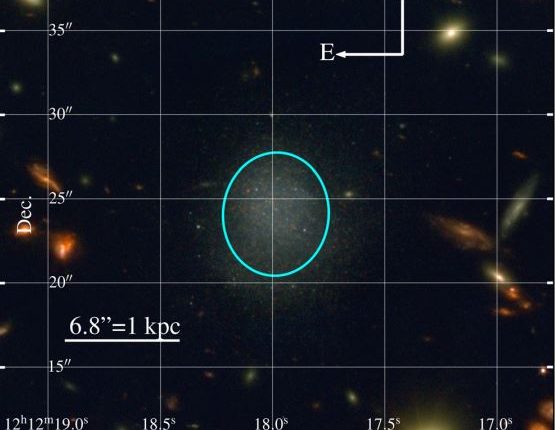ASTRONOMERS have stumbled upon a faint, isolated dwarf galaxy that’s mystifying them.
The dwarf galaxy, nicknamed PEARLSDG, is about 98 million light-years away and has no known neighbors.
The researchers uncovered the space oddity while analyzing an image taken with NASA’s James Webb Space Telescope.
Specifically, JWST’s PEARLS (Prime Extragalactic Areas for Reionization and Lensing Science) observing program came across the cluster.
It was found in the background of an image of other galaxies and showed a lack of star-formation activity.
This is considered very unusual for an isolated dwarf galaxy, as most of our observations show exactly the opposite.
Read more on NASA
Typically, dwarf galaxies are small galaxies composed of a few billion stars and isolated.
Therefore, this isolated yet inactive dwarf galaxy was not predicted to exist.
NASA’s discovery challenges our current understanding of galaxy evolution.
“These types of isolated quiescent dwarf galaxies haven’t really been seen before except for relatively few cases,” paper co-author Tim Carleton, an assistant research scientist at Arizona State University, said in a statement.
Most read in News Tech
“They are not really expected to exist given our current understanding of galaxy evolution, so the fact that we see this object helps us improve our theories for galaxy formation,” he added.
“Generally, dwarf galaxies that are out there by themselves are continuing to form new stars.”
JWST was able to observe the galaxy in ultraviolet, optical, and infrared wavelengths.
It also looked at the cluster alongside spectroscopic data from the DeVeny Optical Spectrograph on the Lowell Discovery Telescope in Arizona.
PEARLSDG is one of the furthest galaxies to be observed in this kind of detail.
Researchers published the new findings in The Astrophysical Journal Letters.









